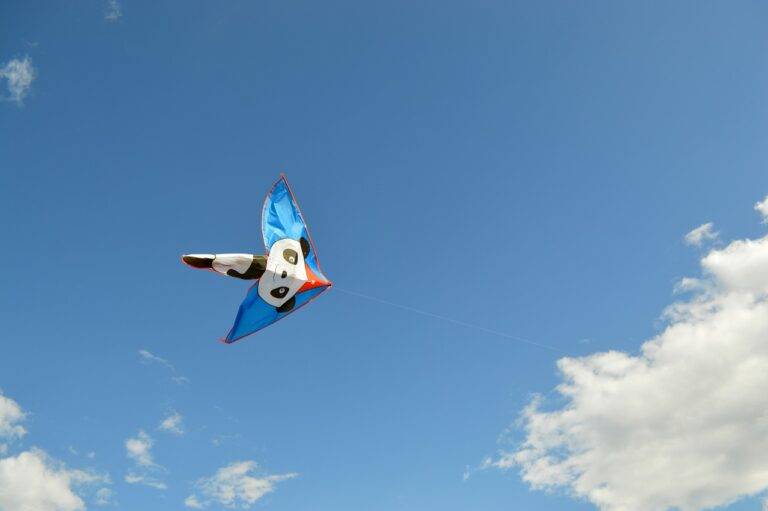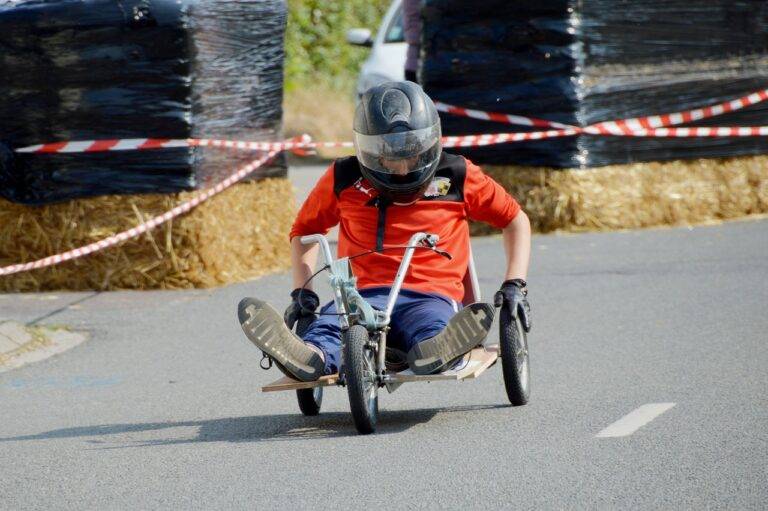The Evolution of Virtual Reality Art: Immersive Installations, Interactive Exhibits, and Digital Sculptures
Virtual reality art has undergone a significant evolution in recent years, moving beyond its initial novelty as a technological experiment to establish itself as a legitimate form of artistic expression. Artists are increasingly utilizing VR tools and platforms to create immersive and interactive experiences that blur the lines between the physical and digital worlds. This shift has opened up a new realm of artistic possibilities, allowing for the creation of multisensory artworks that engage viewers on a deeper level.
The evolution of virtual reality art has also been driven by advancements in VR technology, which have made these tools more accessible and user-friendly for artists. With the development of VR headsets, motion controllers, and software programs specifically tailored for artistic creation, artists have been able to push the boundaries of traditional art forms and explore new ways of engaging with audiences. As VR continues to evolve and become more integrated into our daily lives, it is likely that the realm of virtual reality art will continue to expand and develop in exciting ways.
Early Beginnings of VR Art
The origins of virtual reality (VR) art can be traced back to the late 20th century when artists first began exploring the possibilities of using digital tools to create immersive experiences. In the early days, VR technology was limited and expensive, making it inaccessible to most artists. However, a few pioneering individuals saw the potential of VR as a new medium for artistic expression.
One of the first notable instances of VR art emerged in the 1990s with the creation of virtual reality installations that allowed viewers to enter and interact with immersive digital environments. Artists like Char Davies and Rebecca Allen pushed the boundaries of traditional art forms by incorporating elements of interactivity and virtual space into their work. These early experiments laid the groundwork for the evolution of VR art as a distinct and innovative genre in the contemporary art world.
What is virtual reality art?
Virtual reality art is a form of art that utilizes virtual reality technology to create immersive, interactive, and three-dimensional artworks.
How has virtual reality art evolved over time?
Virtual reality art has evolved from early experiments in the 1960s to the present day, where artists are using advanced VR technologies to create innovative and groundbreaking artworks.
Who were some of the early pioneers of VR art?
Some of the early pioneers of VR art include Myron Krueger, who developed interactive environments in the 1970s, and Char Davies, who created immersive virtual environments in the 1990s.
How has the technology used in VR art changed over the years?
The technology used in VR art has evolved from simple computer graphics in the 1960s to advanced virtual reality headsets and motion-tracking systems that allow for a more immersive and interactive artistic experience.
What are some examples of VR art projects that have gained recognition in recent years?
Some examples of VR art projects that have gained recognition in recent years include Tilt Brush by Google, which allows users to paint in 3D space, and The Night Cafe by Oculus, which recreates Vincent van Gogh’s famous painting in virtual reality.





